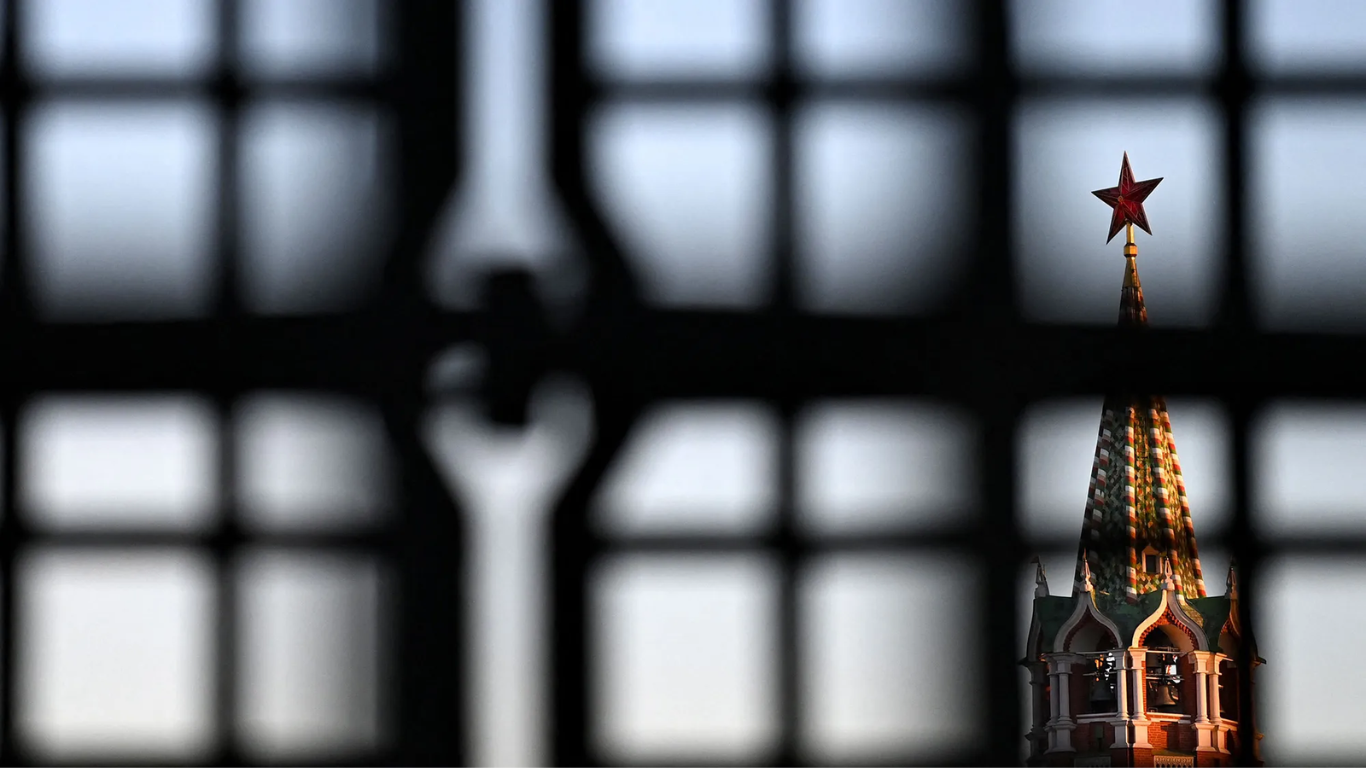Moscow's last bastion in S Caucasus crumbles with downfall of its imperialist era

The world is witnessing the last grasp of Russia to retain its influence in the South Caucasus. Finally, Nikol Pashinyan, the leader of a country long considered Russia’s final bastion in the region, openly criticised Moscow’s “divide and rule” policy.
Until Nikol Pashinyan’s explicit criticism, only Azerbaijan and Georgia, the two other countries in the South Caucasus, had tried to shed light on the dark side of Russia’s imperial policy through all available platforms.
It has long been a well-known fact that Russia plays one ethnicity against another. It has never supported any ethnicity but has used it as leverage to put pressure on the entire region. However, considering Russia as their protector, Armenians played right into Moscow’s hands.
Contrary to the Armenian mainstream, as the former Georgian President Mikheil Saakashvili noted, Russia was interested in neither resolving the Garabagh Conflict nor fully supporting Armenia. Russia was interested only in prolonging the conflict, as it prevented both countries, Azerbaijan and Armenia, from developing, thereby providing Moscow with leverage in the region.
The same logic applies to other conflicts in the region, such as Abkhazia and South Ossetia. Russia’s support for the two separatist regimes does not stem from its commitments to international law, as the Kremlin claims. By supporting separatism, Russia retains its influence in the region.
It is worth noting that the above-mentioned dirty policies are not new to Russia. It has been using the same methods since its entry into the Caucasus in the 19th century. Russia did its best to instigate inter-ethnic conflicts. For example, by bringing Molokans, Armenians, and Germans to the South Caucasus, Russia tried to change the demographic mosaics of the region, which were already complicated. In addition, Russia provided newcomers with lands seized from Muslims, which paved the way to bloody inter-ethnic conflicts.
When Russia exiled the Ahiska Turks to Central Asia and gave their homes to Armenians, the latter were happy, believing that Russia cared about them. However, Moscow did it deliberately to sow discord between Armenians and Muslims. Russia employed the same tactic with Chechens, Ingushes, and other nations in the North Caucasus.
Unfortunately, the Ahiska Turks were never allowed to return to their homes, but the Chechens and the Ingush did. However, they were not able to reclaim their original houses, and the conflict between them and the new occupants continues to this day.
Russia’s dirty “divide and rule” policy is not limited to the facts mentioned above. Russia resorted to all means to fuel inter-ethnic conflicts. One of them is the execution of Baysangur of Benoy. As is known, Baysangour of Benoy continued the rebellion led by Sheykh Shamil. He was wounded and captured. As they were going to hang him, the Russian officers gathered a crowd of Dagestani men to witness the execution. They ordered one of them to remove the chair on which Baysongour was standing in order to kill him. By doing so, they wanted to fuel the local vendettas and oppose the people. Seeing this, Baysongour moved the chair himself, committing a forbidden suicide – forbidden by any religion and of course Islam – and preserving the relations between neighbours. But for one failure, how many successes has this strategy encountered among the Caucasian nations?
Regrettably, unlike Baysongour, many have not comprehended Russia’s imperialist policies. On the contrary, many, in one way or another, become tools of Moscow. Take the former Garabagh Clique, which seized power in Armenia in the 1990s, for example. Because of them, hundreds of thousands of people lost their homes and were turned into IDPs and refugees. The Garabagh conflict claimed the lives of tens of thousands on both the Azerbaijani and Armenian sides. Infrastructure was destroyed, and the conflict delivered the biggest blow not only to the economies of Azerbaijan and Armenia but to the entire region.
It is worth noting that the Garabagh conflict is not the only one in which pro-Russian Armenians played into the Kremlin’s hands. For instance, Armenians formed the Bagramyan Battalion, which fought against Georgians during the Abkhazian war. More recently, they created the Sarmat Battalion, which is fighting on Russia’s side in the war in Ukraine.
Armenia’s prime minister’s recent remarks have sparked a wave of hope across the Caucasus, signalling that even Russia’s last remaining partner in the region has finally begun to understand the true nature of the Kremlin’s statehood. But news from Ukraine suggests that this awakening is not confined to Nikol Pashinyan alone; rather, it is beginning to resonate within Armenian society itself.
Just yesterday, in Ukraine, the 100th ethnic Azerbaijani, Afghan Orujov, who was martyred in battles defending the country of which he was a citizen, was laid to rest. His funeral was not only attended by Ukrainians and Azerbaijanis, but also by his comrade-in-arms, Suren, an Armenian soldier who had lost an arm in the war. In a deeply moving moment, Suren addressed Orujov’s grieving mother, who lost her only child, saying: “You are now also my mother, too.” His words sent shivers down the spines of all who gathered.
Yes, the imperial northern bear is beginning to take blows on every front. Where once Russia sowed division and hatred among neighbouring peoples, we now see those same groups coming together, calling one another brothers, and working to drive the imperialist predator back into its lair.
Of course, no one should expect Russia’s imperial ambitions to vanish overnight. The struggle will continue for some time. Yet one thing can already be said with certainty: the end of Moscow’s nefarious policies has begun.
Here we are to serve you with news right now. It does not cost much, but worth your attention.
Choose to support open, independent, quality journalism and subscribe on a monthly basis.
By subscribing to our online newspaper, you can have full digital access to all news, analysis, and much more.
You can also follow AzerNEWS on Twitter @AzerNewsAz or Facebook @AzerNewsNewspaper
Thank you!

